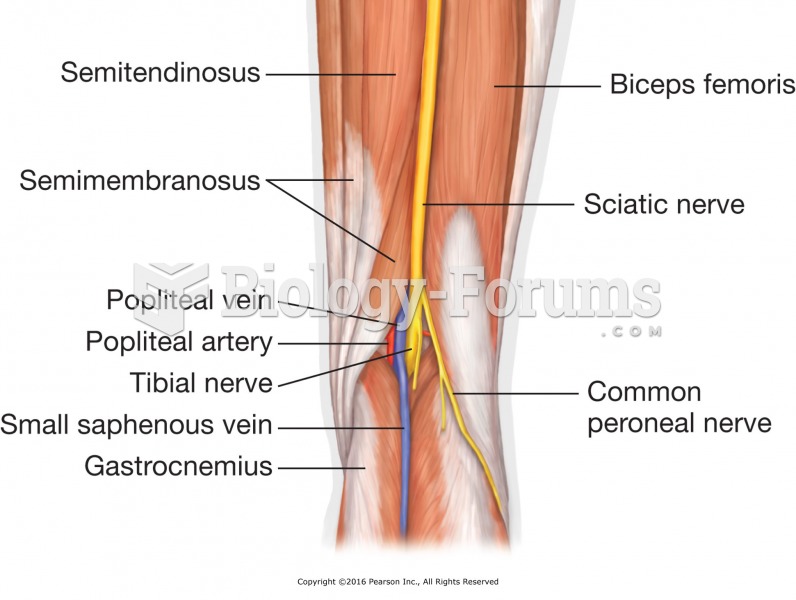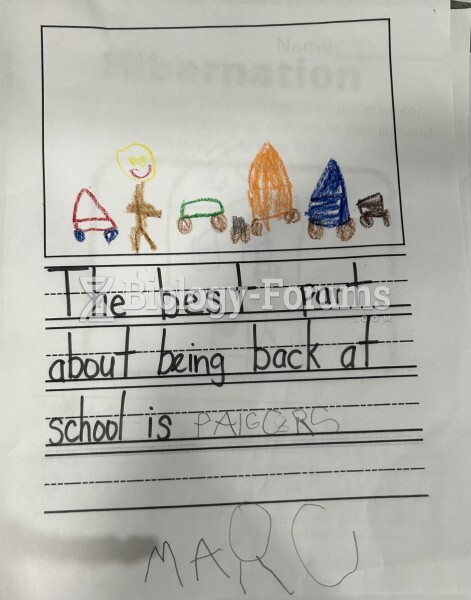Answer to Question 1
ANS: D
Seeking clarification encourages the patient to expand on a topic that may be confusing or that seems contradictory. Asking why questions implies criticism, may make the patient defensive, tends to limit conversation, requires justification of actions, and focuses on a problem rather than a possible solution. Changing the subject avoids exploration of the topic raised by the patient, and demonstrates the nurse's discomfort with the topic introduced by the patient. Giving advice implies a lack of confidence in the patient to make a healthy decision
Answer to Question 2
ANS: B
An important factor to remember when caring for visually impaired or blind patients is that they are rarely hearing impaired. Typically, blind patients have heightened auditory and olfactory senses. Communication with blind patients can be characterized as anticipatory in nature, meaning that the nurse should alert visually impaired patients of potential hazards or object locations to provide necessary information and safe care. For example, the nurse may inform the visually impaired patient that the meat entre is in the 6 o'clock position and the coffee cup is at 2 o'clock on the tray. This system may be helpful in orienting blind patients to their hospital rooms. For example, from the vantage point of lying in bed, the bathroom may be at the 10 o'clock position and the phone at 5 o'clock on the bedside cabinet. Communication with sensory-impaired patients requires patience, creativity, and adaptation to ensure that patient needs are met.







